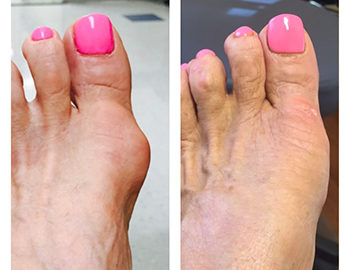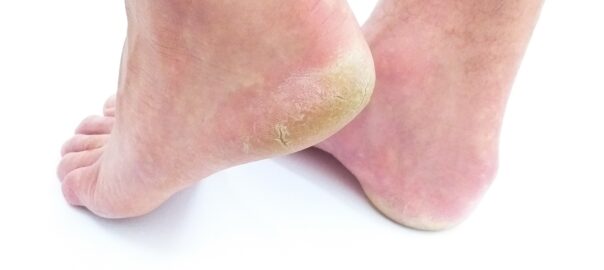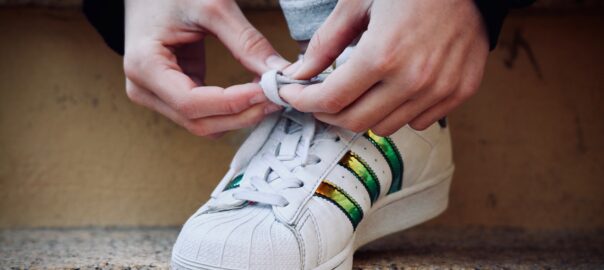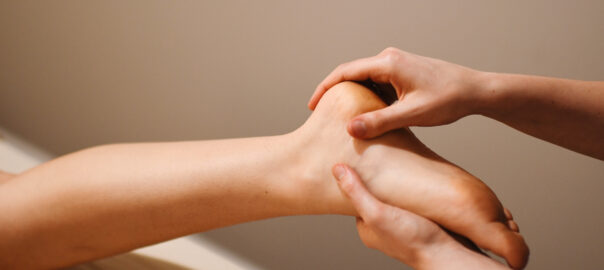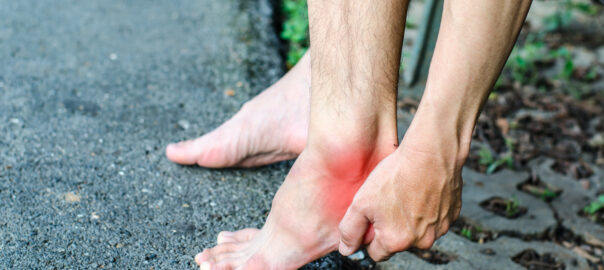BUNIONS
What Are Bunions?
A bunion (hallux valgus) is often described as a bump on the side of the big toe. Bunions can be caused by multiple reasons that include genetics, foot structure, an imbalance in foot muscles and narrow shoes. A bunion is a foot deformity that typically occurs at the joint where the big toe meets the rest of the foot. While this lump is the most noticeable symptom of a bunion, the condition is a result of a shift in the bony framework in the front of a person’s foot.
What Are the Symptoms of a Bunion?
- Pain in the outer base of the big toe
- A noticeable bump along the big toe joint
- Redness around the big toe
- Burning sensation on the side of the big toe
- Inability to move the big toe
- Swelling in the big toe
- Big toe pain that worsens over time
- Big toe pain that worsens with tight shoes or high heels
If your bunion isn’t already painful, it likely will become painful after a period of time. If it’s already causing you discomfort, that pain may worsen over time. Chronic pain can impact you physically as well as mentally, so it’s important to get the treatment you need to prevent it.
Who Might Get a Bunion?
Up to 1 in 3 Americans have bunions. The foot problem is more common in older adults, especially women. Bunions can form on one or both feet.
Bunions Treatments
Two main options are available to actively treat bunion: Medications and surgery.
Medication
Medication can help with pain and swelling.
- Pain-relieving medications: Ibuprofen, for example, can reduce pain and swelling. They are available over-the-counter.
- Cortisone injections: These can relieve swelling, particularly in the fluid-filled pads that cushion the bones. A doctor will advise about these.
Surgery
Some people with bunions may need surgery.
Depending on the size of the enlargement, misalignment of the toe, and pain experienced, conservative treatments may not be adequate to prevent progressive damage from bunions. In these cases, bunion surgery, known as a bunionectomy, may be advised to remove the bunion and realign the toe. Our doctors utilize hidden MINIMAL INCISION APPROACH when performing surgery. They realize that Aesthetics is just as important in addition to comfort and structural realignment of bunion deformities.
Some conservative treatments often include switching to wider footwear to accommodate the size of the bunion can bring relief, wearing silicone bunion shields, use bunion pads or orthotics (shoe inserts).
If you have pain when you’re walking in flat shoes that should feel comfortable, make an appointment with a podiatrist : 773-205-0106. It could be a bunion or some other problem. Your doctor will look at your foot. They may want to take an X-ray to decide how best to treat your bunion.


